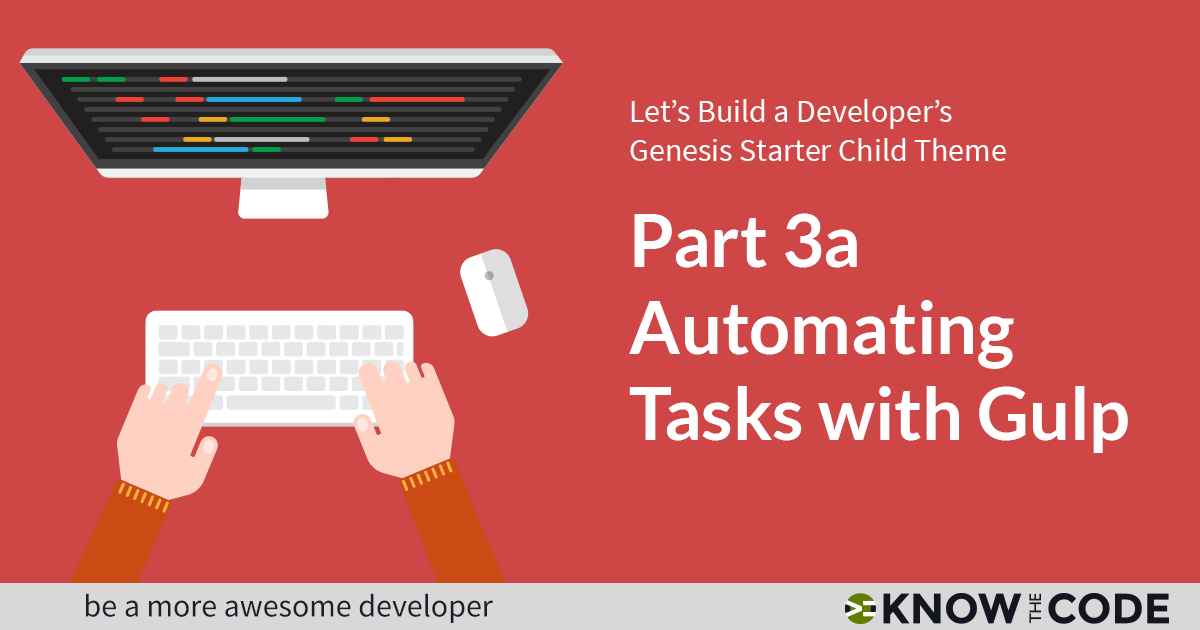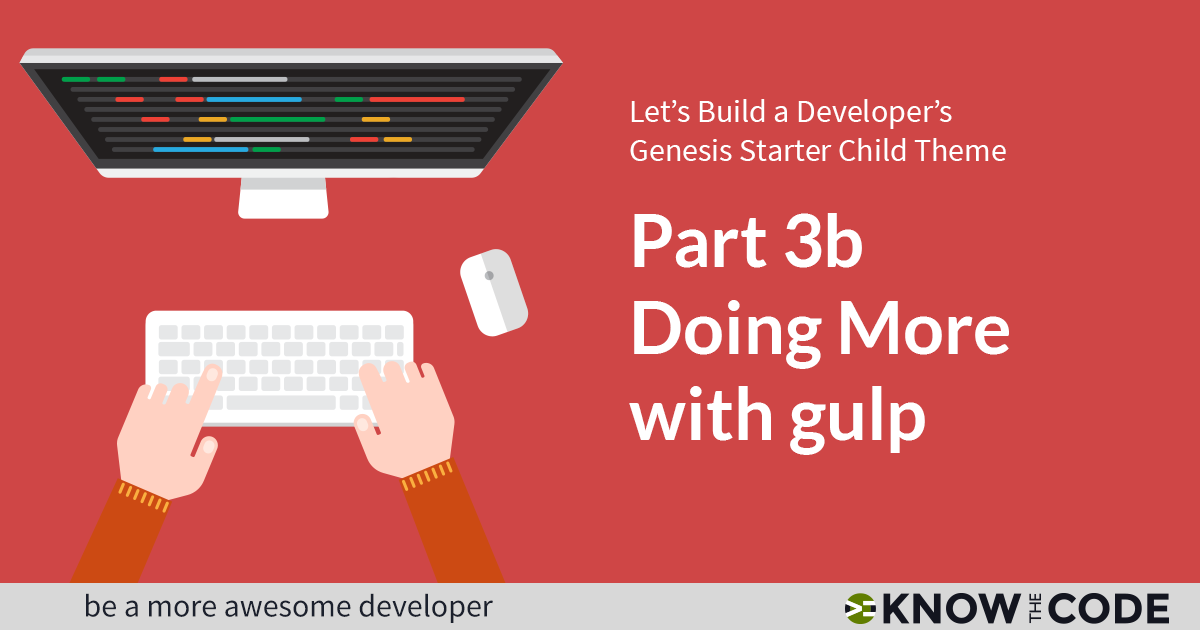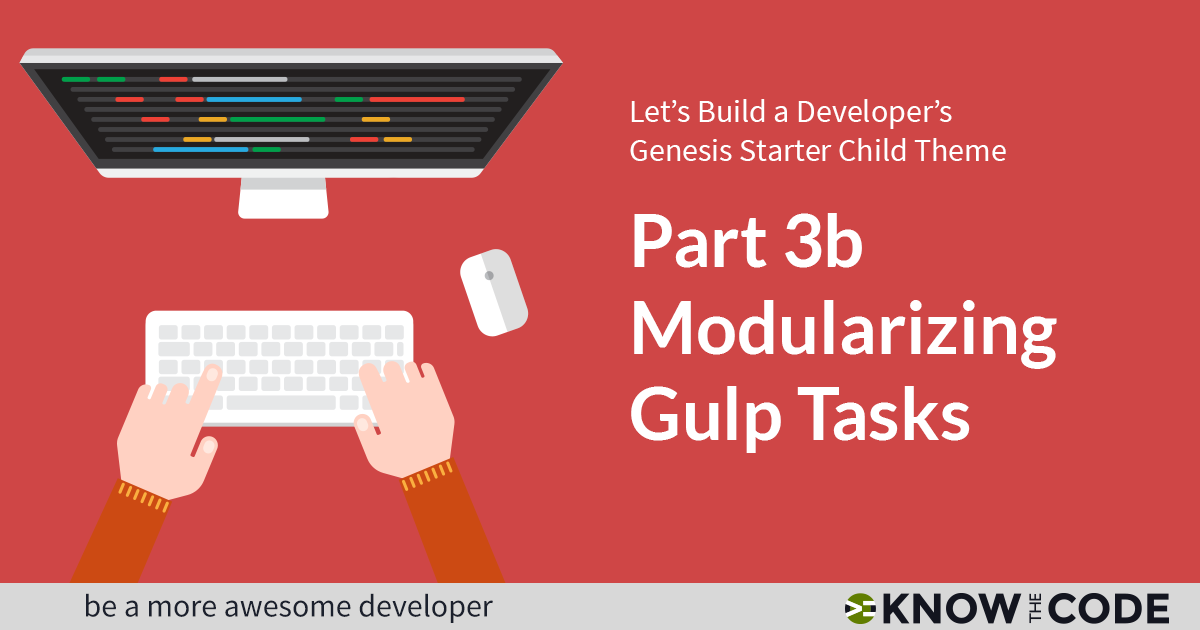Next, you want to add the Gulp Task Runner to your plugin. Why? Because we want to minify the jQuery script to optimize it. I use UpGulp on all of my projects. UpGulp is a configurable Gulp starter module that you can add into any plugin or theme. It’s based on the wd_s gulpfile.js from WebDevStudios. In this episode, you and I will add UpGulp to our plugin. I’ll walk you through the installation process. Then we’ll do a gulp watch and test it on a test script file.




